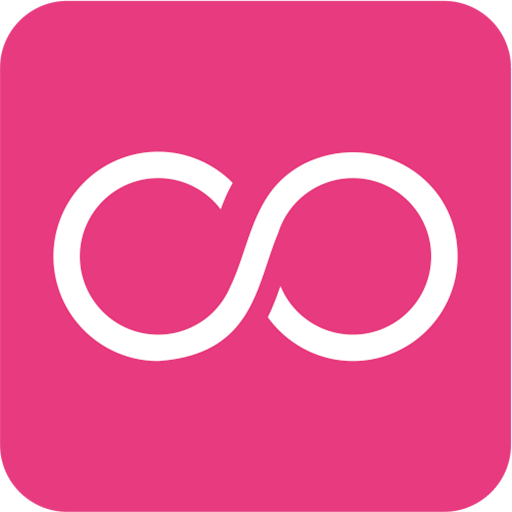Telnet, SSH, and VNC are essential software tools that enable remote access and control of computers over a network. Each of these technologies serves a unique purpose but shares a common goal: to allow users to manage systems and resources from a remote location. Understanding their differences, strengths, and use cases is crucial for any IT professional or network administrator.
Understanding Remote Access Software
Remote access software allows users to connect to a computer from another device, either within a local network or over the internet. This capability is vital for IT support, server management, and even personal use when accessing files or applications remotely.
Telnet: A Legacy Protocol for Remote Access
Telnet is one of the oldest remote access protocols, dating back to the early days of computer networking. It enables users to log into remote systems via a command-line interface. However, Telnet transmits all data, including usernames and passwords, in plain text, making it highly insecure for modern usage.
Key Features of Telnet:
- Provides remote access to command-line interfaces.
- Uses port 23 by default.
- Lacks encryption, making it vulnerable to security threats.
- Often disabled on modern systems due to security concerns.
Because of its security vulnerabilities, Telnet has largely been replaced by more secure alternatives like SSH, especially for administrative access to servers and network devices.
SSH: Secure Remote Shell
SSH (Secure Shell) is a modern and secure replacement for Telnet. It provides encrypted communication channels to protect data from interception and unauthorized access. SSH is widely used for secure remote login, file transfers, and even automated system management.
Key Features of SSH:
- Encrypts all data, preventing eavesdropping and tampering.
- Uses port 22 by default.
- Supports key-based authentication for enhanced security.
- Can tunnel other protocols securely (e.g., X11 forwarding).
Due to its robust security features, SSH is the preferred choice for system administrators who need to manage remote servers securely. Popular SSH clients include OpenSSH, PuTTY, and MobaXterm.
VNC: Graphical Remote Desktop Access
VNC (Virtual Network Computing) is a different type of remote access software that allows users to interact with a remote computer’s graphical desktop. Unlike Telnet and SSH, which focus on command-line access, VNC provides a full GUI experience, making it ideal for remote technical support, accessing office computers, or controlling headless servers.
Key Features of VNC:
- Provides remote access to a graphical desktop environment.
- Works across multiple operating systems, including Windows, macOS, and Linux.
- Uses the Remote Framebuffer Protocol (RFB).
- Less efficient than SSH for text-based tasks due to higher bandwidth usage.
Popular VNC software includes RealVNC, TightVNC, and TigerVNC. While useful for graphical remote access, VNC is often slower than other remote desktop solutions like Microsoft Remote Desktop Protocol (RDP) due to its high bandwidth consumption.
Security Considerations
Security is a major factor when choosing a remote access tool. Telnet is inherently insecure and should be avoided. SSH is the most secure option for command-line access, while VNC should be used cautiously, ideally with encryption and strong authentication mechanisms.
Best Practices for Secure Remote Access:
- Avoid using Telnet; prefer SSH for command-line access.
- Use strong authentication methods, such as SSH key pairs or multi-factor authentication.
- Enable encryption on VNC connections to prevent unauthorized snooping.
- Restrict access to remote services using firewalls and allow-listing.
- Keep software updated to patch vulnerabilities.
Conclusion
Telnet, SSH, and VNC serve different purposes in remote access scenarios. While Telnet is largely outdated due to security risks, SSH remains the gold standard for secure shell access. VNC, on the other hand, provides a graphical interface for remote computing but requires additional precautions for security. Choosing the right tool depends on your specific needs, but security should always be a top priority when working with remote access software.

